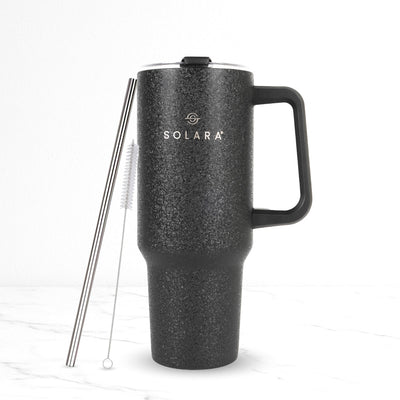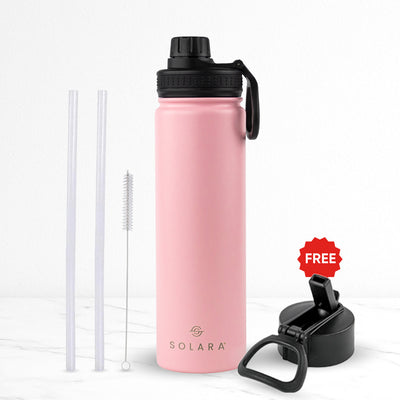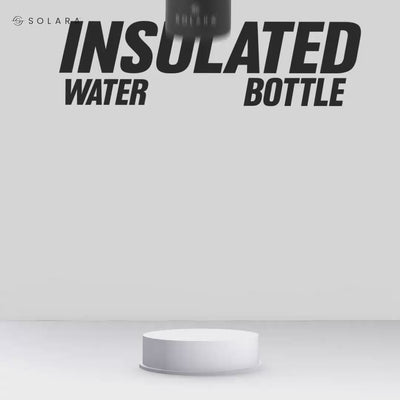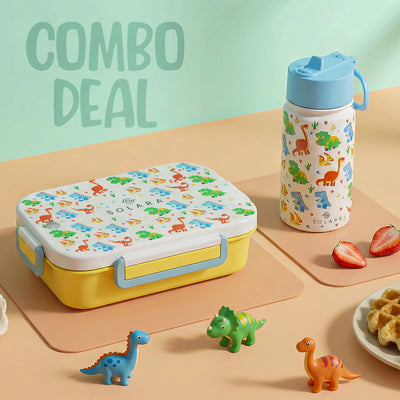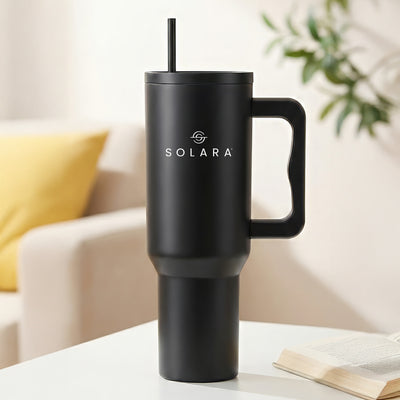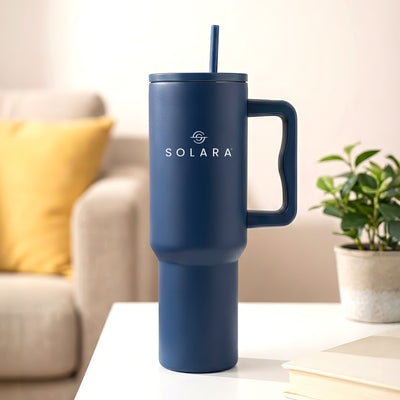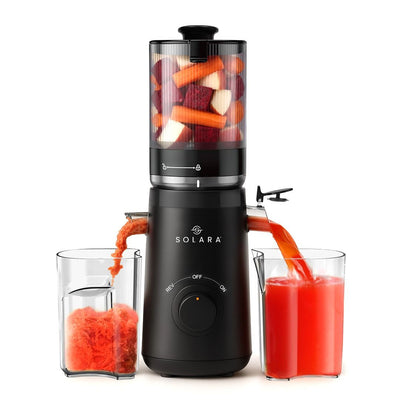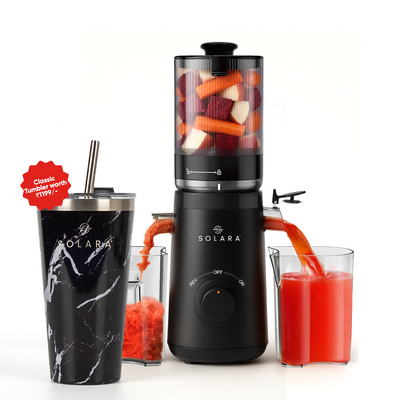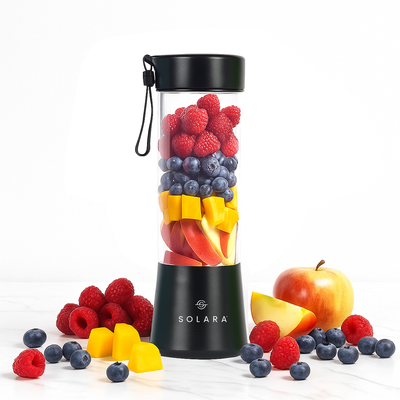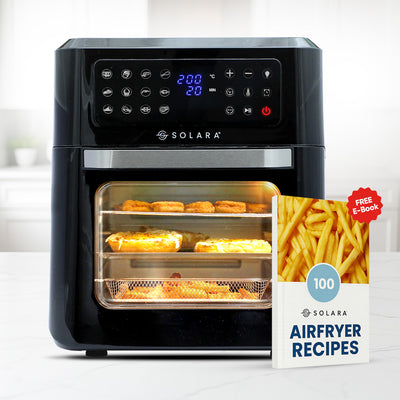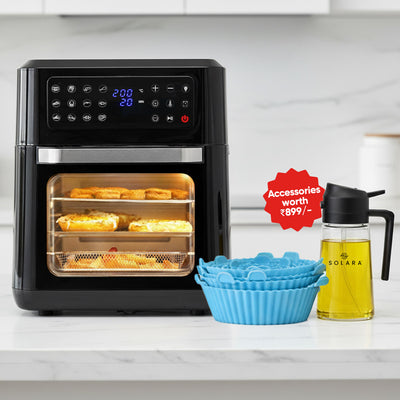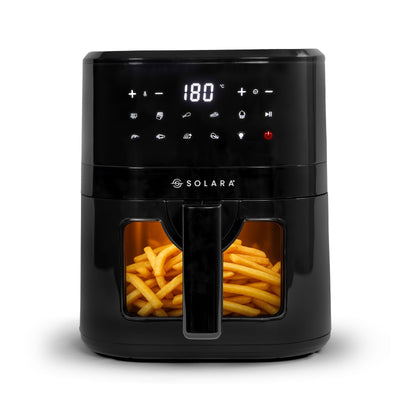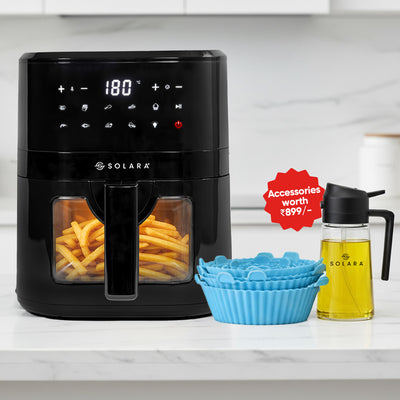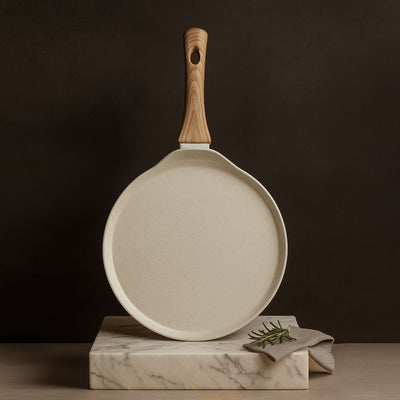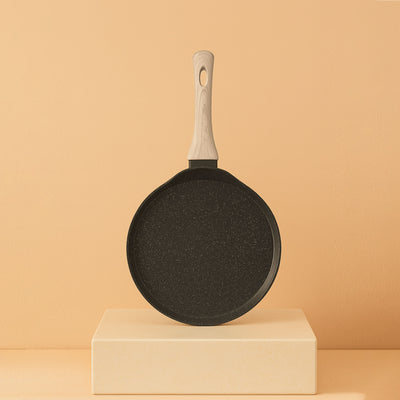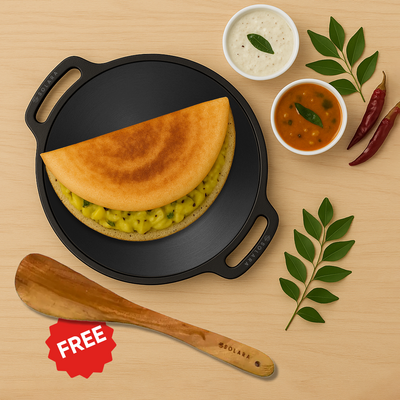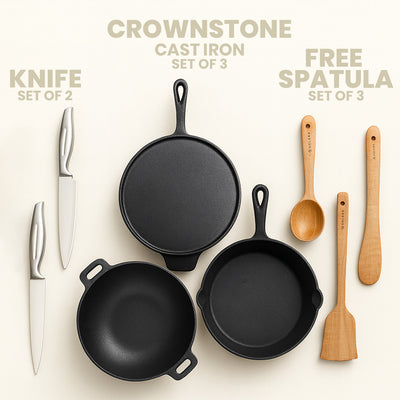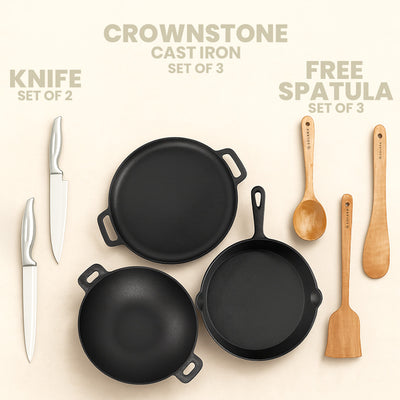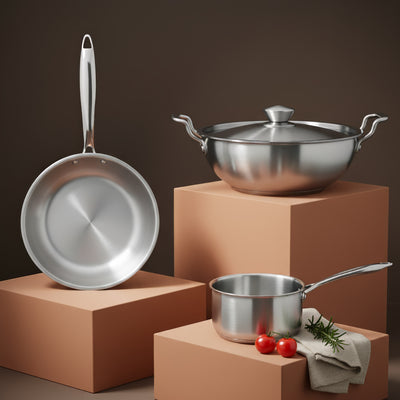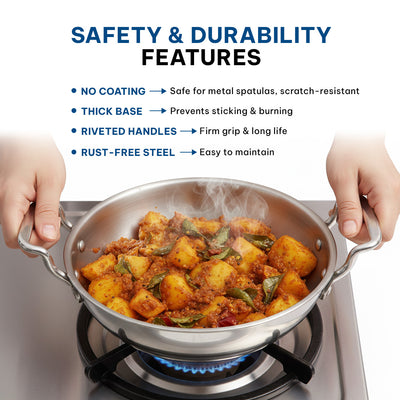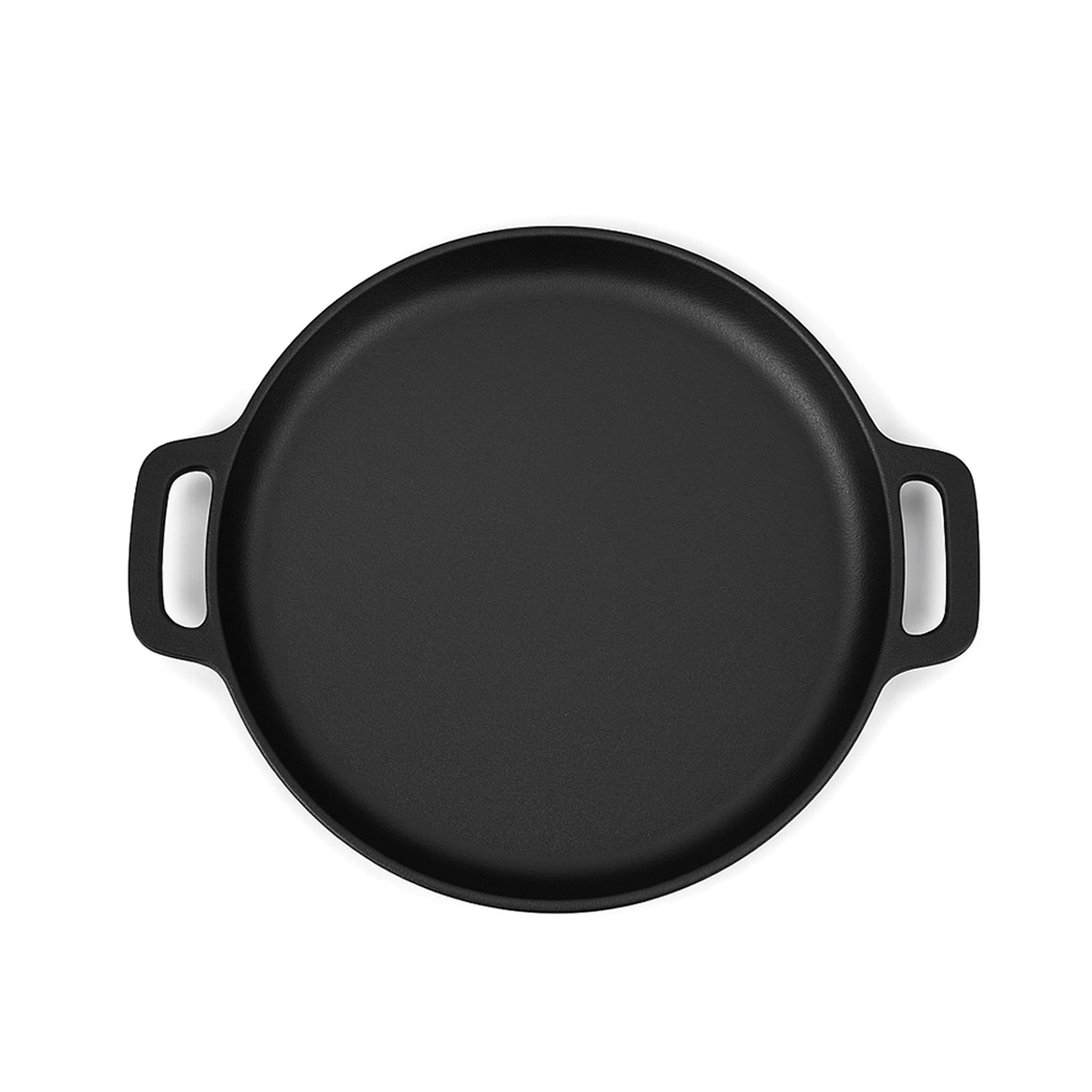Can a Timeless Cast Iron Tawa Truly Work Its Magic on an Induction Stove?
There’s something undeniably nostalgic about a cast iron tawa—the weight in your hands, the sizzle of batter hitting its seasoned surface, and the familiar aroma of food that feels like home. For generations, cast iron cookware has held a sacred space in Indian kitchens. But with the modern shift toward induction cooking, many wonder: can this timeless tool work its magic on an induction stove?
Let’s dive into the truth behind this blend of tradition and technology.
Yes, It Can—But There’s a Catch!
The simple answer is yes, most cast iron Tawas can be used on induction cooktops, thanks to their iron composition. Induction stoves heat cookware through electromagnetic fields, and cast iron is naturally ferromagnetic—meaning it attracts those fields and heats efficiently.
However, not every cast iron tawa is designed with a perfectly flat bottom, which is essential for proper contact with the induction surface. If your tawa wobbles or has a rough base, it may not perform well on induction and could even cause scratches or uneven heating.
How to Use Your Cast Iron Tawa on Induction Safely
Here are a few tips to make sure your experience is smooth and safe:
-
Check the Base: Ensure the bottom of your tawa is completely flat. If it rocks or tilts, it’s not ideal for induction.
-
Clean and Dry Thoroughly: Induction cooktops are sensitive. Make sure the bottom of your tawa is dry and free from oil to prevent stains or malfunction.
-
Start Slow: Cast iron heats up slowly but retains heat longer. Use medium heat and let the tawa gradually warm up.
-
Avoid Dragging: Always lift the tawa instead of dragging it across the surface to protect your induction glass.
Benefits of Using Solara Cast Iron Tawa on Induction
Here’s why this pairing is more than just functional—it’s magical:
-
Energy Efficiency: Induction transfers heat directly into the cookware, and cast iron retains heat like a pro. That means faster cooking and lower energy use.
-
Even Cooking: Cast iron distributes heat evenly, reducing hot spots—perfect for crispy dosas or fluffy parathas.
-
Healthier Cooking: A well-seasoned tawa requires minimal oil and even adds a tiny amount of dietary iron to your food.
-
Long-Lasting: With proper care, cast iron can last generations—even more so when used on smooth induction tops that don’t cause the same wear as open flames.
Conclusion: A Fusion Worth Embracing
The union of the timeless cast iron tawa and the modern induction stove is more than just possible—it’s a beautiful evolution of cooking. As long as your tawa has a flat, stable base, it can indeed work its age-old magic on this cutting-edge technology.
So, whether you're flipping rotis for your family or trying a fusion pancake recipe, trust that your trusty cast iron tawa still has a place—even in the most modern kitchen.
Recommended Articles :
How to Gracefully Season Your Beloved Cast Iron Dosa Tawa to Craft Perfect Dosas with Ease
Cast Iron Cookware Safety: What Every Home Chef Should Know
Will Your Cast Iron Pan Rust? Easy Tips to Keep It Perfect





